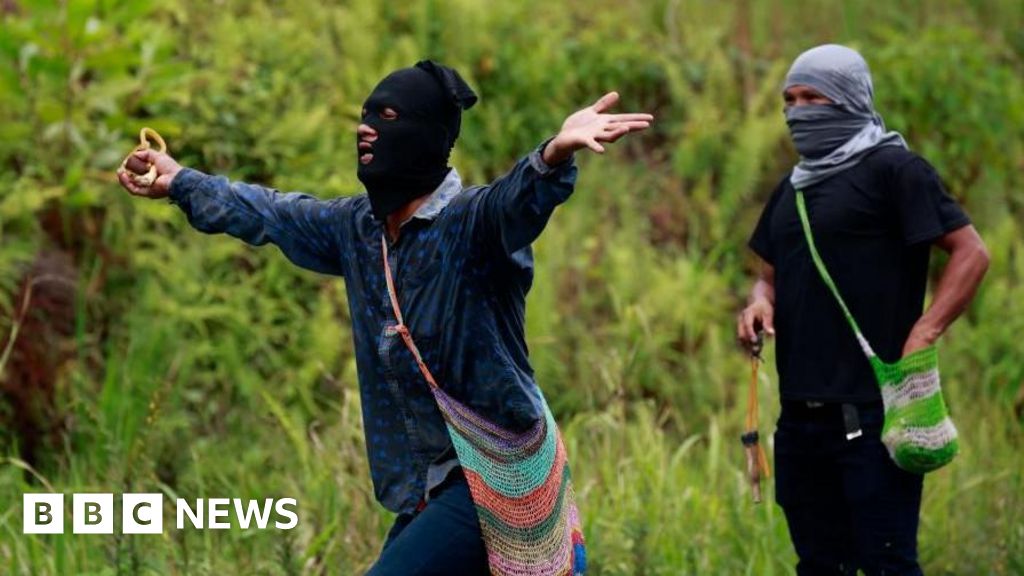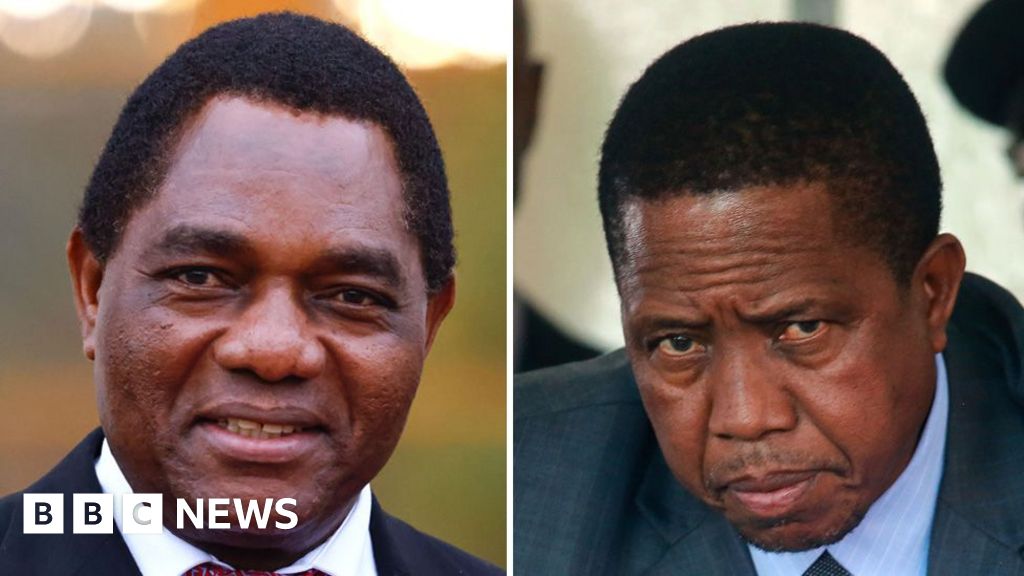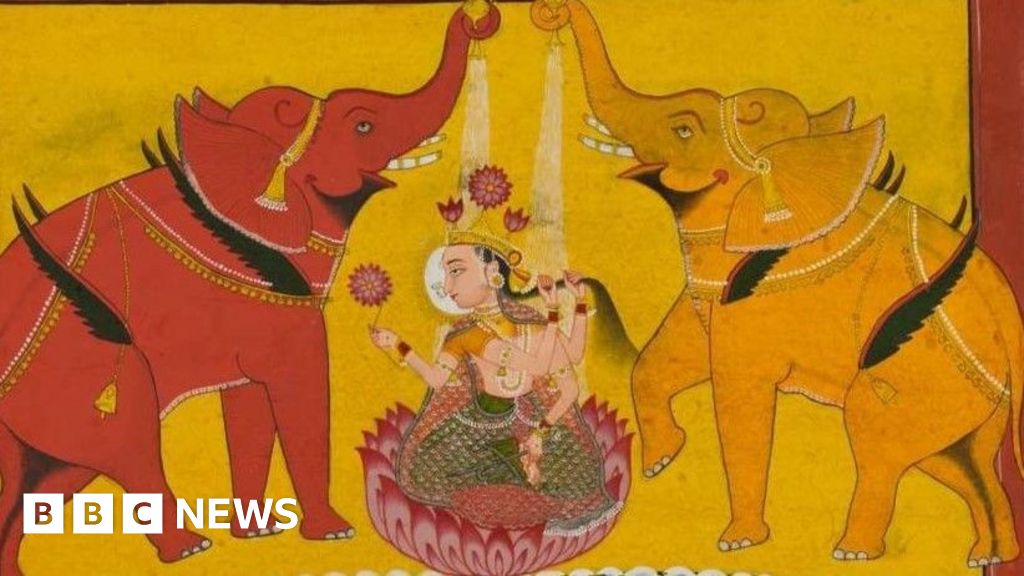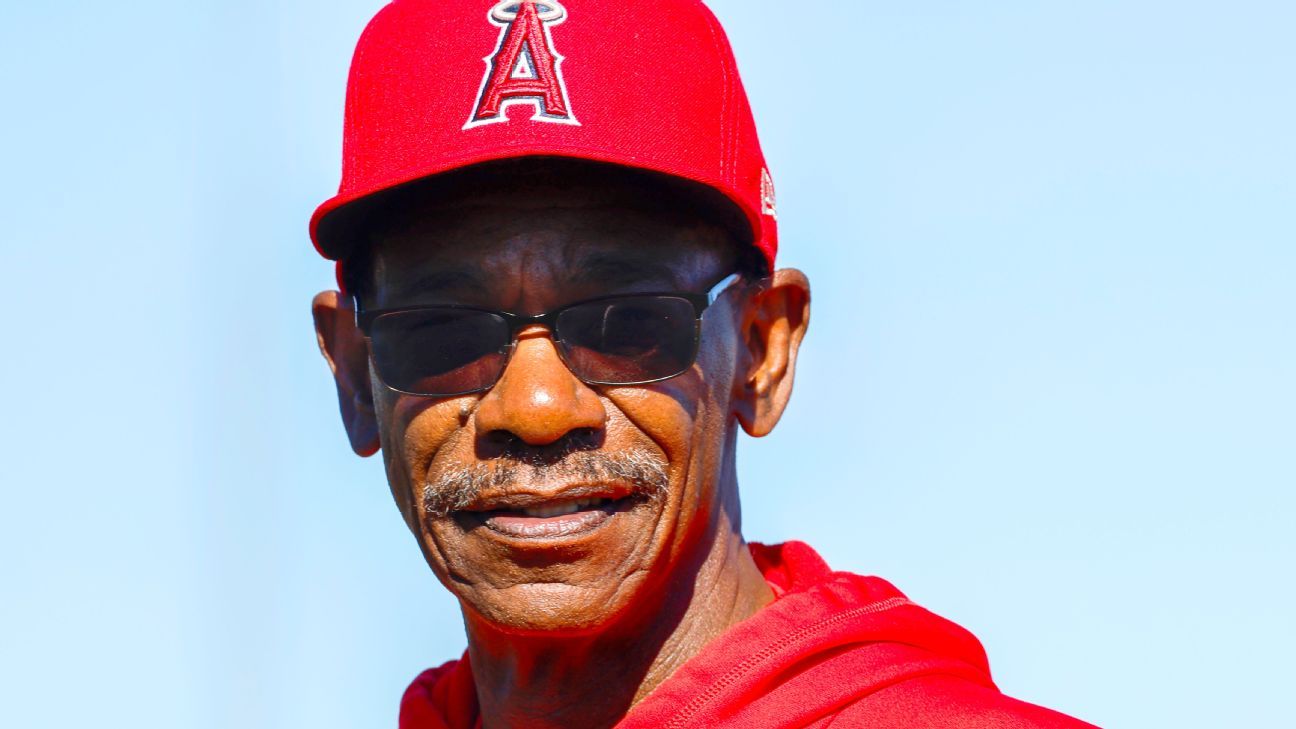Defence correspondent
 Getty Images
Getty ImagesNato summits tend to be “pre-cooked”, not least to present a united front.
Secretary General Mark Rutte has already settled on the menu for their meeting at The Hague: one that will avoid a row with Nato’s most powerful member, the US.
A commitment to increase defence spending by European allies is the dish that President Donald Trump wants served – and that’s exactly what he’ll be getting. Though there will inevitably be the added ingredients of compromise and fudge.
Nor will the summit be able to paper over the cracks between Trump and many of his European allies on trade, Russia and the escalating conflict in the Middle East.
The US president, whose mantra is America First, is not a huge fan of multinational organisations.
He has been highly critical of Nato too – even questioning its very foundation of collective defence. In Trump’s first term, at his first Nato summit, he berated European allies for not spending enough and owing the US “massive amounts of money”.
On that message he has at least been consistent.
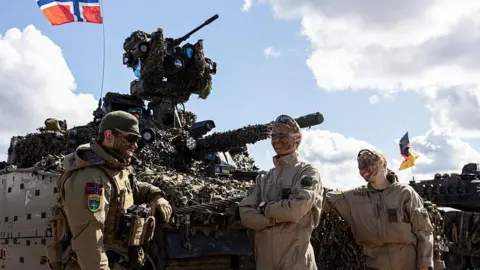 Getty Images
Getty ImagesMark Rutte, who has a good relationship with the US president, has worked hard to give him a win.
The summit takes place at the World Forum in The Hague over two days, on Tuesday and Wednesday next week.
Now the main discussions will last just three hours and the summit statement is being reduced to five paragraphs, reportedly because of the US president’s demands.
Trump is one of 32 leaders from the Western defensive alliance who are coming, along with the heads of more than a dozen partner countries.
Dutch police have mounted their biggest ever security operation for the most expensive Nato summit so far, at a cost of €183.4m (£155m; $210m).
Some have suggested the brevity of the summit is in part to cater to the US president’s attention span and dislike of long meetings. But a shorter summit with fewer subjects discussed will, more importantly, help hide divisions.
Ed Arnold, of the defence think tank Rusi, says Trump likes to be the star of the show and predicts he’ll be able to claim that he’s forced European nations to act.
In truth he’s not the first US president to criticise allies’ defence spending. But he’s had more success than most. Kurt Volker, a former US ambassador to Nato, admits that some European governments do not like the way Trump’s gone about it – demanding that allies spend 5% of their GDP on defence.
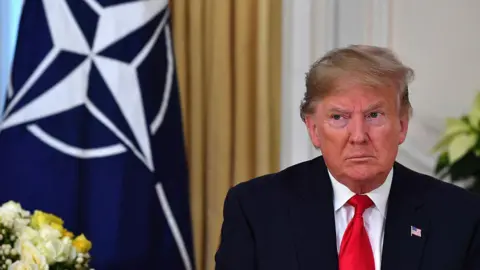 Getty Images
Getty ImagesEurope still only accounts for 30% of Nato’s total military spending. Volker says many Europeans now admit they that “we needed to do this, even if it’s unfortunate that it took such a kick in the pants”.
Some European nations are already boosting their defence spending to 5% of their GDP. Most are the countries living in close proximity to Russia – such as Poland, Estonia and Lithuania.
It’s not just Trump who’s been piling on the pressure. Russian President Vladimir Putin’s invasion of Ukraine is forcing a response.
But in reality many Nato members will struggle to meet the new target. A few haven’t met the goal of 2%, set more than a decade ago.
Rutte’s compromise formula is for allies to increase their core defence spending to 3.5% of GDP, with an additional 1.5% towards defence-related expenditure.
But the definition of defence-related expenditure appears to be so vague that it might be rendered meaningless. Rutte says it could include the cost of industry of infrastructure – building bridges, roads and railways. Ed Arnold, of Rusi, says it’ll inevitably lead to more “creative accounting”.
Even if, as expected, the new spending target is approved, some nations may have little intent of reaching it – by 2032 or 2035. The timescale’s still unclear. Spain’s prime minister has already called it unreasonable and counterproductive. Sir Keir Starmer hasn’t even been able to say when the UK will spend 3% of its GDP of defence. The UK prime minister only said that it was an ambition some time in the next parliament. However, given the UK government’s stated policy of putting Nato at the heart of the UK’s defence policy, Sir Keir will have to back the new plan.
The real danger is to interpret the demand for an increase in defence spending as arbitrary, a symbolic gesture – or just bowing to US pressure. It’s also driven by Nato’s own defence plans on how it would respond to an attack by Russia. Rutte himself has said that Russia could attack a Nato country within five years.
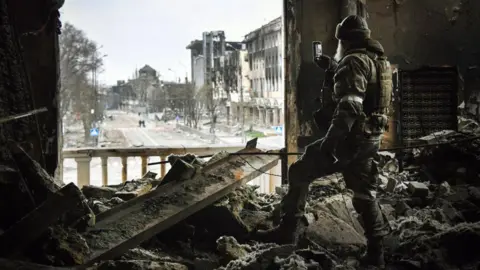 Getty Images
Getty ImagesThose defence plans remain secret. But Rutte’s already set out what the Alliance is lacking. In a speech earlier this month he said Nato needed a 400% increase in its air and missile defences: thousands more armoured vehicles and tanks, and millions more artillery shells.
Most member states, including the UK, do not yet meet their Nato capability commitments. It’s why Sweden plans to double the size of its army and Germany is looking to boost its troop numbers by 60,000.
The plans go into granular detail as to how the Alliance will defend its Eastern flank should Russia invade. In a recent speech, the head of the US Army in Europe, General Christopher Donahue, highlighted the need to defend Polish and Lithuanian territory near the Russian enclave of Kaliningrad. He said the Alliance had looked at its existing capabilities and “realised very quickly they are not sufficient”.
Yet, strangely, specific discussions about Russia and the war in Ukraine will be muted. It’s the one big issue that now divides Europe and America. Kurt Volker says, under Trump, the US “does not see Ukrainian security as essential to European security but our European allies do”.
Trump has already shattered Nato’s united front by talking to Putin and withholding military support to Ukraine.
Ed Arnold says contentious issues have been stripped from the summit. Not least to avoid a schism with Trump. Leaders were supposed to discuss a new Russia strategy, but it’s not on the agenda.
Ukrainian President Volodymyr Zelensky has been invited to the summit dinner, but he won’t be taking part in the main discussions of the North Atlantic Council.
Rutte will be hoping that his first summit as secretary general will be short and sweet. But with Trump at odds with most of his allies on Russia, the greatest threat facing the Alliance, there’s no guarantee it’ll go according to plan.
Source link
